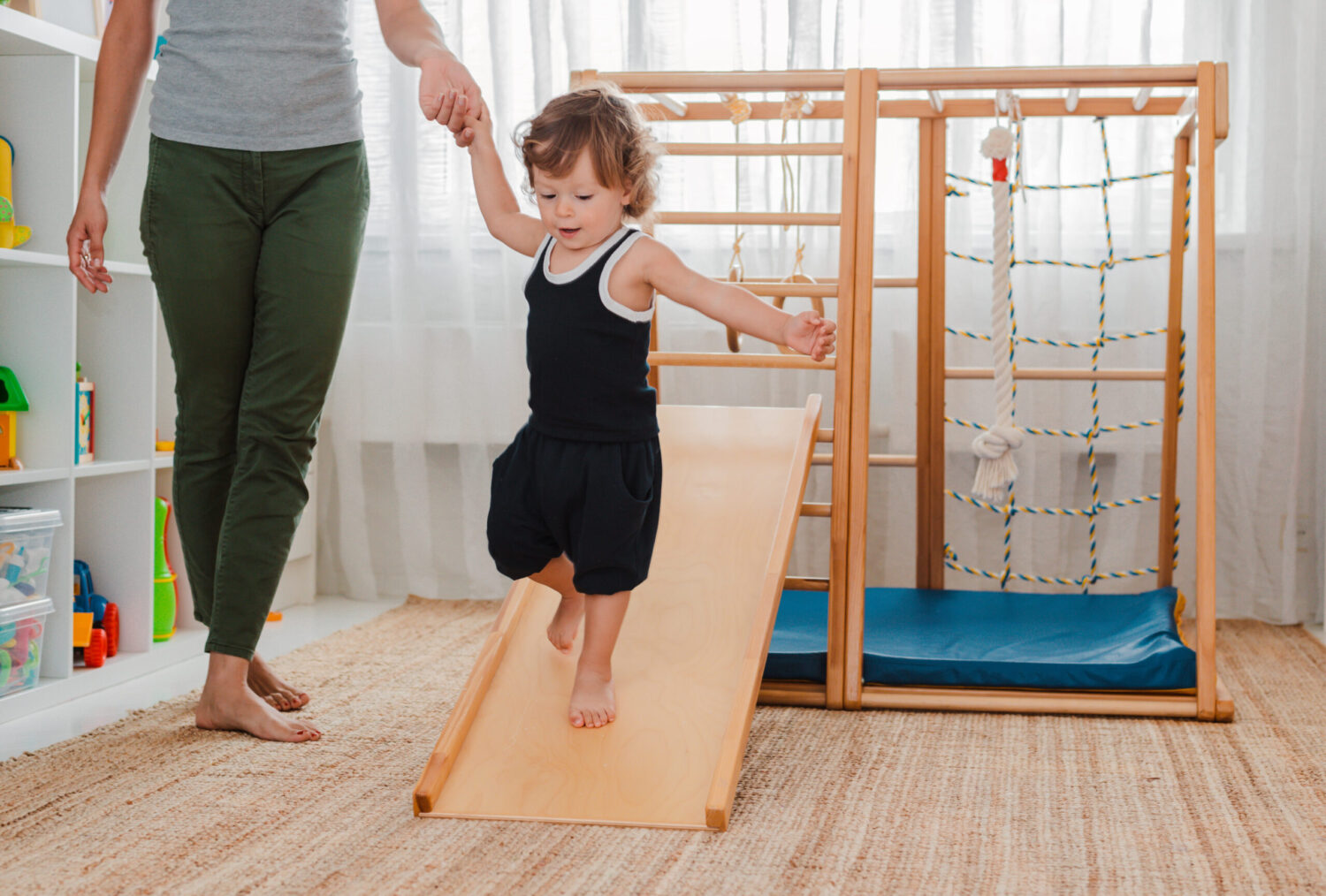How Balance and Coordination Help Kids Thrive
Balance and coordination are not just about staying upright; they are foundational skills that contribute significantly to a child’s overall development. These abilities allow children to navigate the world with confidence and ease, from mastering the art of walking and running to developing the fine motor skills necessary for writing, drawing, and playing instruments.
What are Balance and Coordination?
- Balance: The ability to maintain equilibrium, whether standing still, moving, or changing positions. It involves a complex interplay of sensory information from the eyes, ears, and proprioceptors (sensory receptors in muscles and joints) to maintain stability.
- Coordination: The ability to use different parts of the body together smoothly and efficiently. This involves precise movements, timing, and the integration of various motor skills.
Building Blocks for Strong Balance and Coordination
Developing strong balance and coordination requires multiple key skills:
- Muscular Strength: Strong muscles are essential for maintaining balance and executing coordinated movements. Activities like crawling, pulling themselves up, and climbing all contribute to building muscle strength.
- Muscular Endurance: The ability to sustain physical activity over time is crucial for maintaining balance and performing coordinated movements. Activities like walking, running, and playing games that require sustained effort help build muscular endurance.
- Self-Regulation: The ability to control emotions, impulses, and attention is closely linked to balance and coordination. When a child can regulate their arousal level, they can better focus on the task at hand and execute movements with precision.
- Postural Control: The ability to maintain a stable body position is fundamental to balance. This involves strengthening the core muscles and developing the ability to control head and neck movement while maintaining trunk stability.
- Body Awareness (Proprioception): Proprioception is the sense of where your body is in space. It allows us to understand our body’s position and movement without relying solely on visual cues. Activities like crawling, climbing, and playing with balls help develop proprioception.
- Sensory Processing: The ability to accurately interpret and respond to sensory information from the environment (sight, sound, touch) is crucial for coordinated movement. Sensory play activities help children integrate sensory information and develop appropriate motor responses.
- Isolated Movement: The ability to move one part of the body while keeping other parts still is essential for refined motor skills. Activities like reaching for objects, drawing, and writing all require isolated movements.
Encouraging Balance and Coordination at Home:
Here are six simple yet effective ways to encourage the development of balance and coordination in your child:
- Tummy Time: Even short periods of tummy time are incredibly beneficial. It strengthens neck and back muscles, which are crucial for head control, rolling, and eventually sitting up.
- Outdoor Play: Spend time outdoors whenever possible. Let your child explore, climb, run, and play freely. Parks, playgrounds, and even your own backyard offer ample opportunities for developing balance and coordination.
- Ball Games: Play catch, kick a ball, or toss beanbags. These activities improve hand-eye coordination, timing, and the ability to track moving objects.
- Dance and Music: Encourage your child to dance and move to music. This helps develop rhythm, coordination, and a sense of timing.
- Obstacle Courses: Set up simple obstacle courses at home using pillows, blankets, and toys. Encourage your child to crawl under, climb over, and balance on different surfaces.
- Sensory Play: Engage your child in sensory play activities like playing with playdough, painting, building with blocks, and playing in sand or water. These activities enhance fine motor skills, hand-eye coordination, and sensory integration.
Beyond the Physical:
Developing balance and coordination is not just about physical skills; it also has a significant impact on a child’s emotional and social development. As children become more confident in their ability to move and navigate their environment, they become more independent, curious, and engaged with the world around them.
By providing a supportive and stimulating environment that encourages exploration and movement, parents can play a vital role in helping their children develop strong balance and coordination skills, setting them up for a lifetime of physical and cognitive growth.



